Intermediates
Gallantry and accessories
Blog Piekiełka
Turquoise - the Stone of Life and Its Place in Ethnic Jewelry
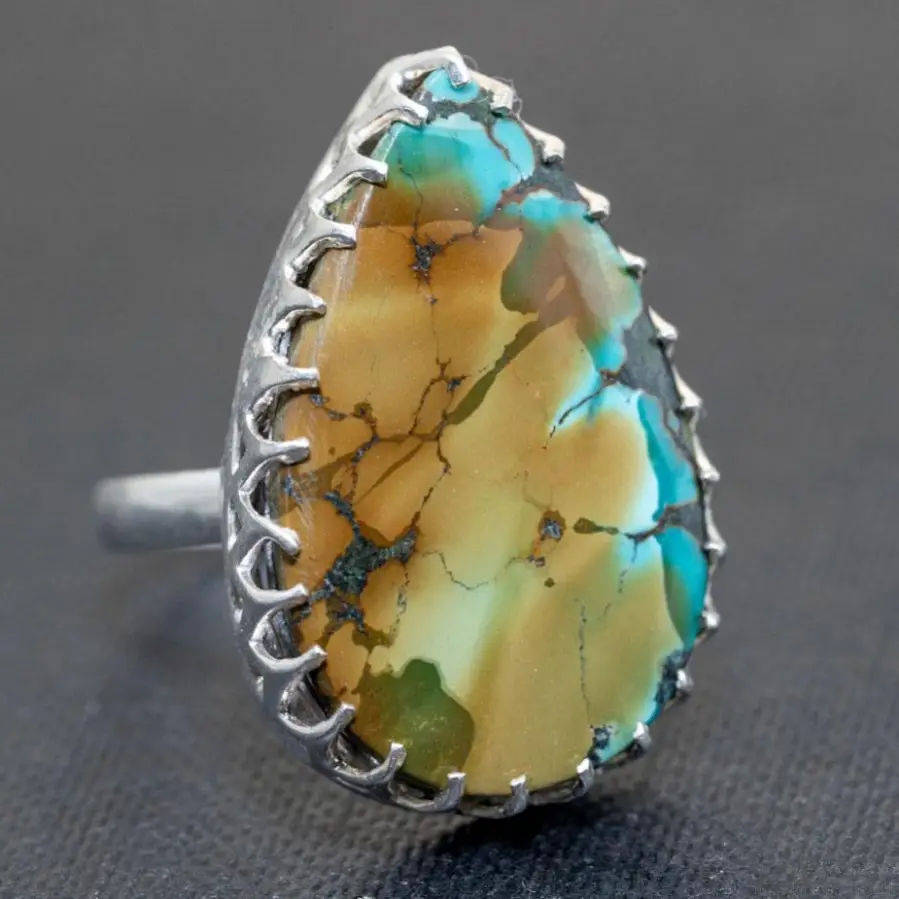
For hundreds of years, women have worn jewelry with turquoise. This stone is intriguing, and its unique color captivates people around the world. The significance of the rare mineral has been recorded in history, but it is also mentioned in numerous stories. The mineral also appears in religious ceremonies, and is still considered a sacred mineral by some shamans and tribal cultures. What is worth knowing about jewelry with this stone? Are you sure you know what you are wearing?
Turquoise jewelry is not just fashion - it's a gift from the earth
Ethnic jewelry with turquoise, such as necklaces, bracelets and earrings, are a special symbol for many cultures. They are precious gems, mined and sold by ancient cultures, usually set in gold and silver jewelry. For example, Indians used ground turquoise stones as talismans and healing amulets, creating silver jewelry from them. American tribes, moreover, formed jewelry with this blue stone in different ways - depending on their religion:
Santo Domingo - created jewelry solely as ornaments, but reflecting the ancient tradition of green-blue jewelry. Their pieces were often decorated with intricate designs to symbolize harmony with nature.
Navajo - they relied on traditional and innovative forms to create silver and turquoise jewelry. Their unique approach to craftsmanship made turquoise jewelry world-famous, and their techniques continue to be passed down from generation to generation.
Zuni - they rendered images of nature and at the same time their religious culture in jewelry with this mineral. Their pieces often depicted symbols related to spirituality and were used in ceremonies, which gave them additional meaning.
Early Indian jewelry consisted of turquoise beads, mosaics, massive turquoise jewelry and turquoise heishi necklaces. Following the Spanish introduction of silver "into circulation," Native Americans combined the lapidary skills of stone cutting with silver to produce turquoise jewelry precisely. This jewelry today is now widely known as Indian jewelry, and its popularity is growing every year.
Turquoise has been mined, sold, described and worn in many cultures around the world - not just American, of course. Every single culture, however, regardless of the purpose and form of turquoise jewelry produced, believed the same - turquoise is a gift from the earth. In many traditions, it was also attributed with protective properties, making it even more desirable.
What is responsible for the amazing color of turquoise?
Turquoise is a rare mineral from the phosphate group, which was formed almost 30 million years ago when water trickled through the bedrock, leaving behind deposits of copper, zinc and aluminum. The stone therefore owes its color to the metals in the ground where it forms. So we have blue turquoise, in which there is more copper. The deeper the shade of blue, the higher the concentration of copper in it. In the presence of iron, green turquoise is formed in turn. The addition of aluminum can give the stone a whiter hue, and the addition of zinc in larger amounts will turn it yellow-green.
The color of the stone thus ranges from blue to green, and the depth of color is what usually accounts for the higher valuation of the stone. When valuing this mineral from large mines (such as the well-known Bisbee in Arizona), each mine has its own grading system or scale. The deep blues tend to have the highest value, but in some famous mines, the green stone has a higher value. This variation is what makes turquoise so unique and valued in different cultures.
Where does the mineral naturally occur?
Due to its ease of cutting and carving and alluring color, turquoise is considered one of the first stones worn by man. The mineral is found in dry lands all over the world. The main deposits that supplied turquoise to ancient societies are now found in countries such as: Egypt, Iran, China, Chile, Mexico and the United States. Each of these places has its own unique characteristics that affect the quality and color of the turquoise extracted.
However, it is believed that the oldest known turquoise deposit is the Maghara Wadi mines in the Sinai Peninsula. Mined deposits from these areas provided turquoise for use in trade, art and ornamentation for Egyptian, Persian, Chinese, Tibetan, Incan, Mesoamerican and Southwestern cultures. When trade routes began to form and develop after some time, the use of turquoise in art and turquoise jewelry spread to other cultures and Europe. Modern turquoise mining in these regions continues to be of great importance to local communities and their culture.
Turquoise jewelry as an accessory for contemporary styling
The love and fascination with turquoise jewelry has continued to this day. Women still strongly seek turquoise necklaces, turquoise rings and bracelets. When buying this jewelry, however, most of them have no idea that they are buying not only jewelry with a beautiful stone - but ornaments with historical and cultural significance. Jewelry with turquoise is often worn as a symbol of personal power and protection, making it an even more desirable accessory.
Very popular today is turquoise jewelry, handmade by indigenous artists in Arizona, New Mexico and Iran. There he is still considered a stone of life, as well as a symbol of wealth. It is worth remembering that according to ancient tribes, this mineral symbolizes longevity and a happy life. If this is the kind of life you care about, so why not help your luck? Wearing jewelry with turquoise can be not only a fashionable choice, but also a way to connect with the history and tradition behind this remarkable stone.
Jewelry with turquoise
-
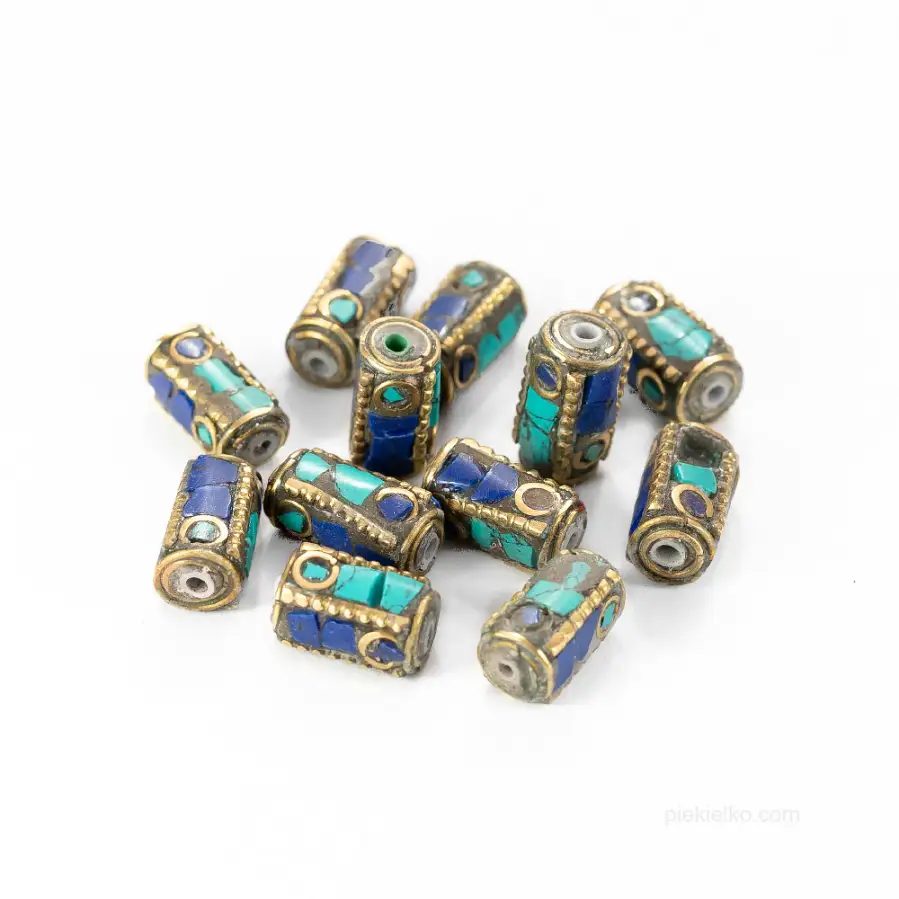
Turquoise and lapis in brass - Nepalese beads
2,802,66 -
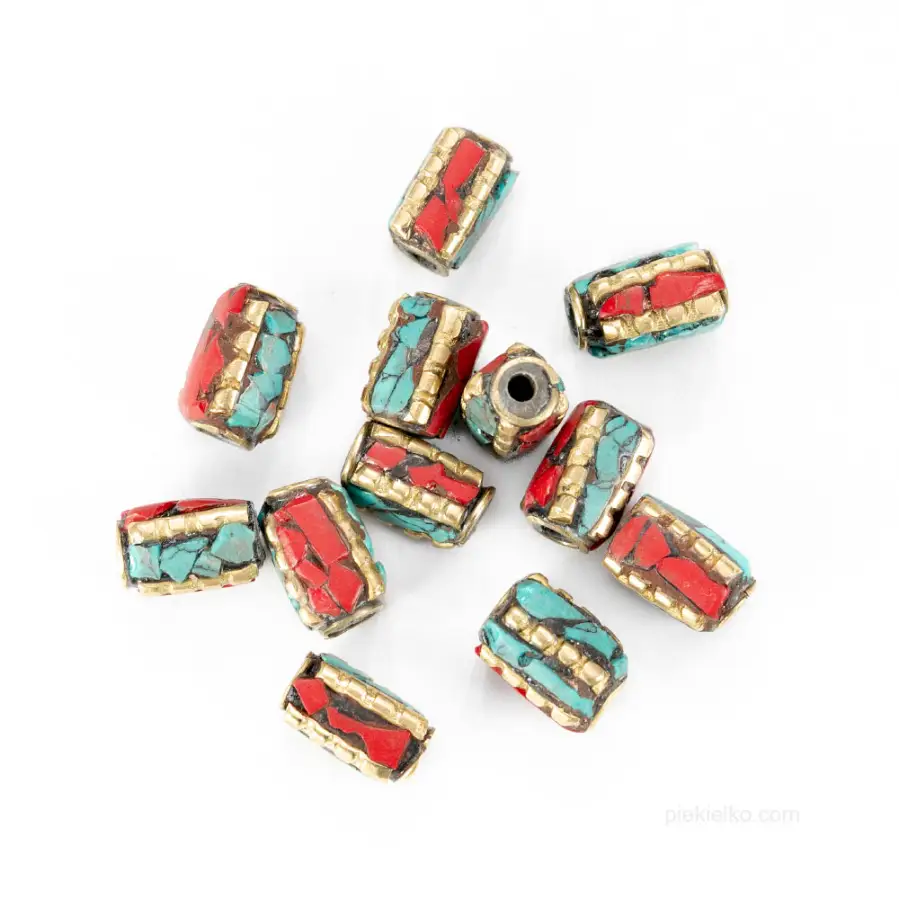
Nepalese brass and stone beads
2,502,38 -
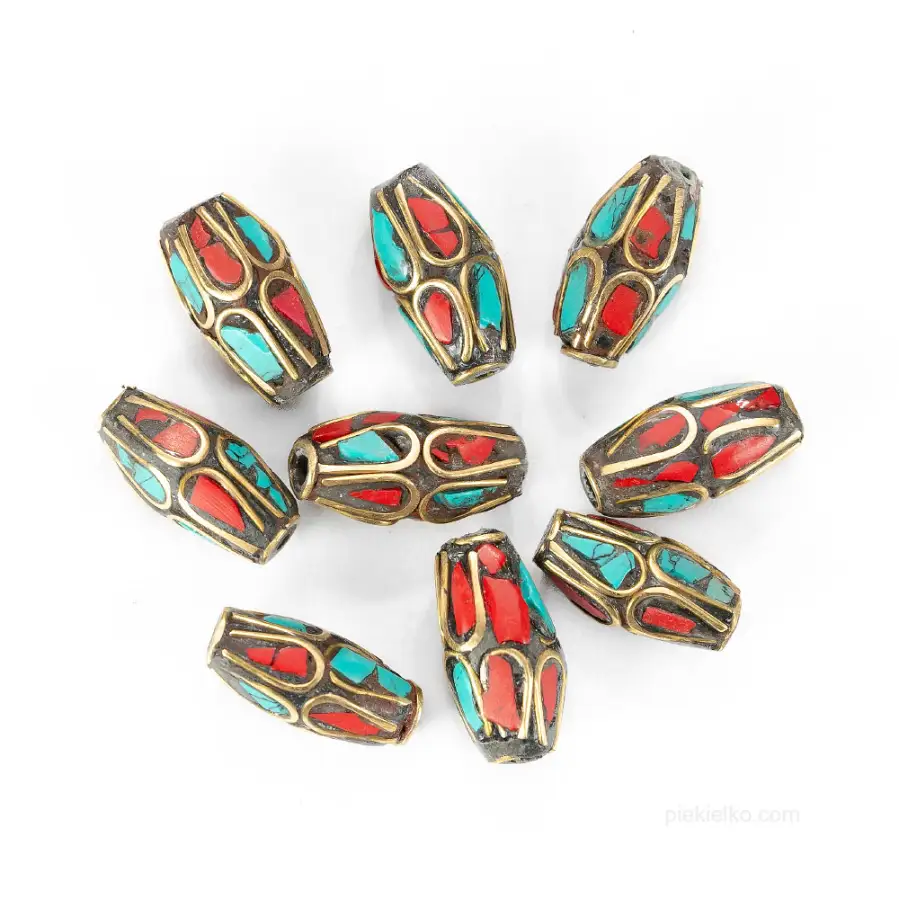
Unique Nepalese beads made of brass and natural stones
2,602,47 -
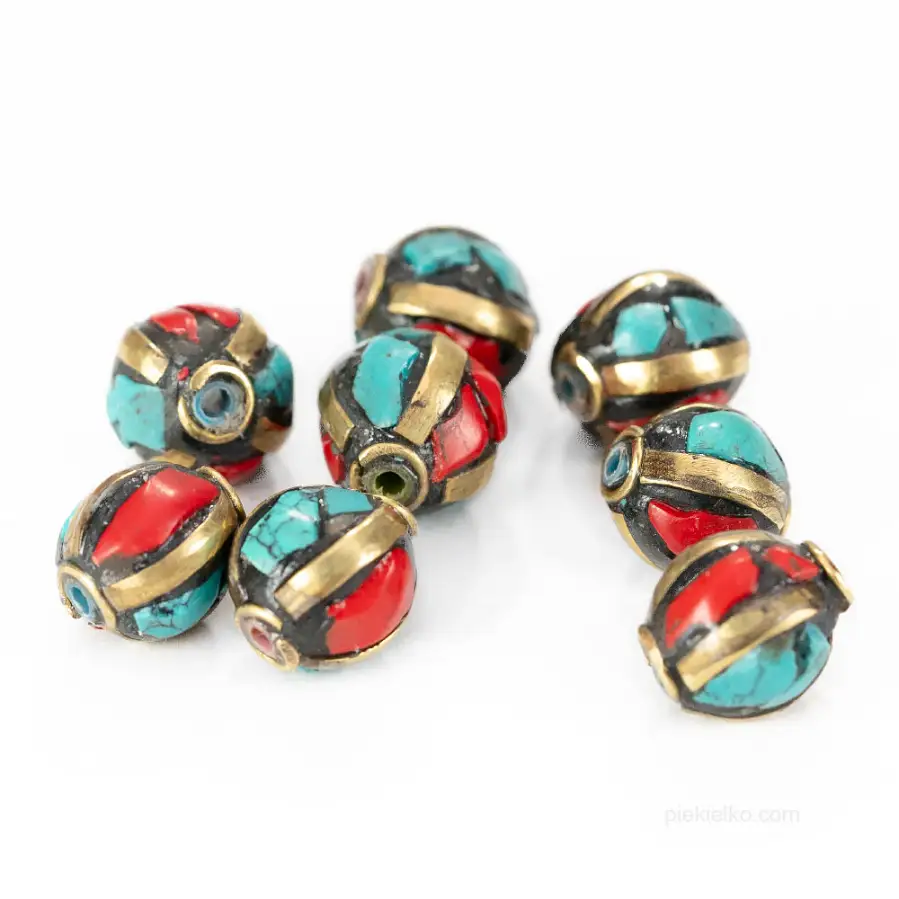
Nepalese brass bead with natural stones
2,502,38 -
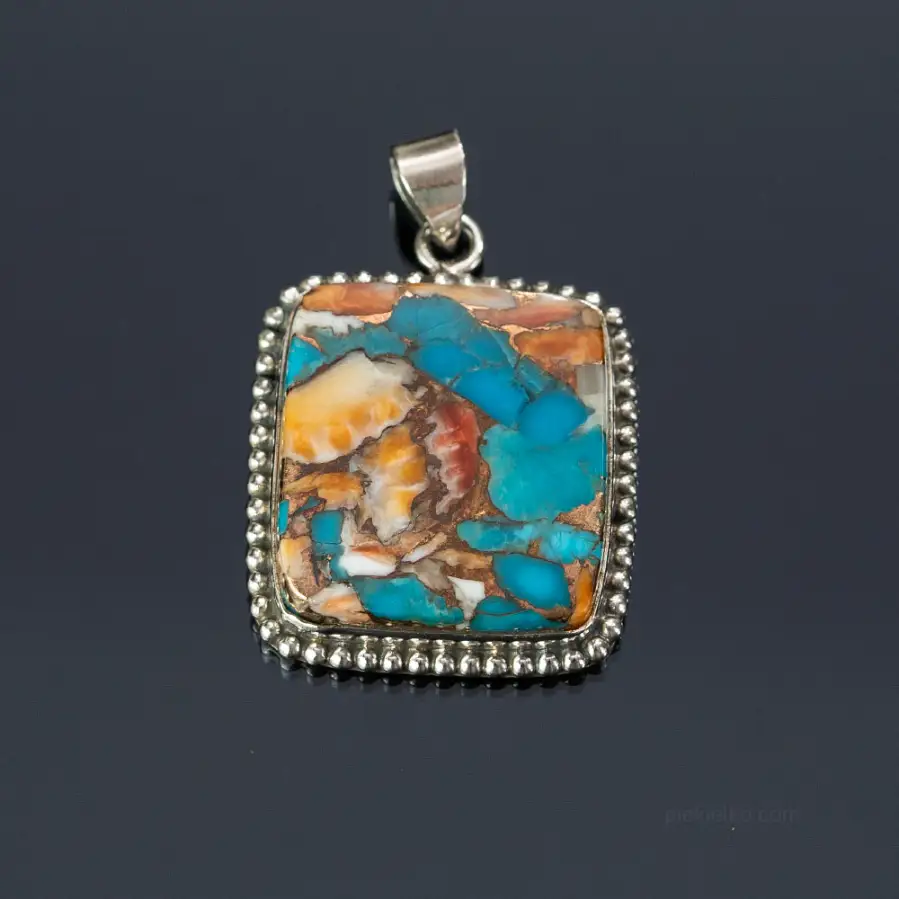
A magical oyster in shades of the elements
260,00247,00 -
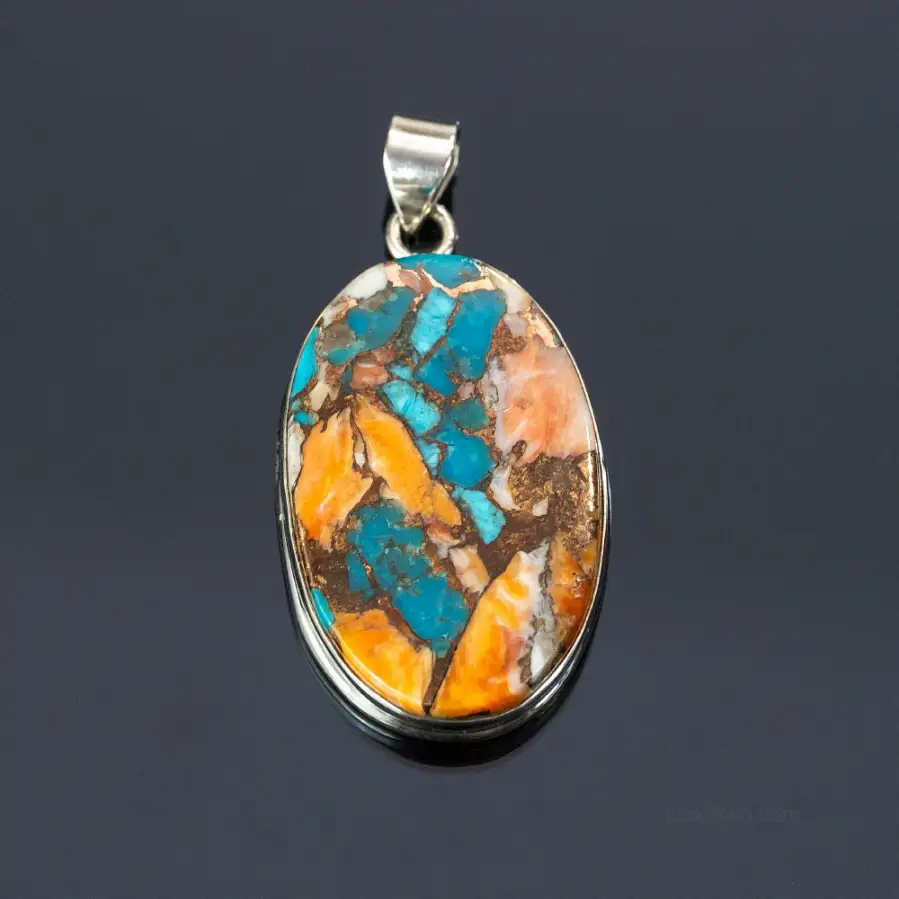
Silver pendant with turquoise - spiny oyster
270,00256,50 -

Pendant with turquoise - a luxurious oyster in noble colors
260,00247,00 -
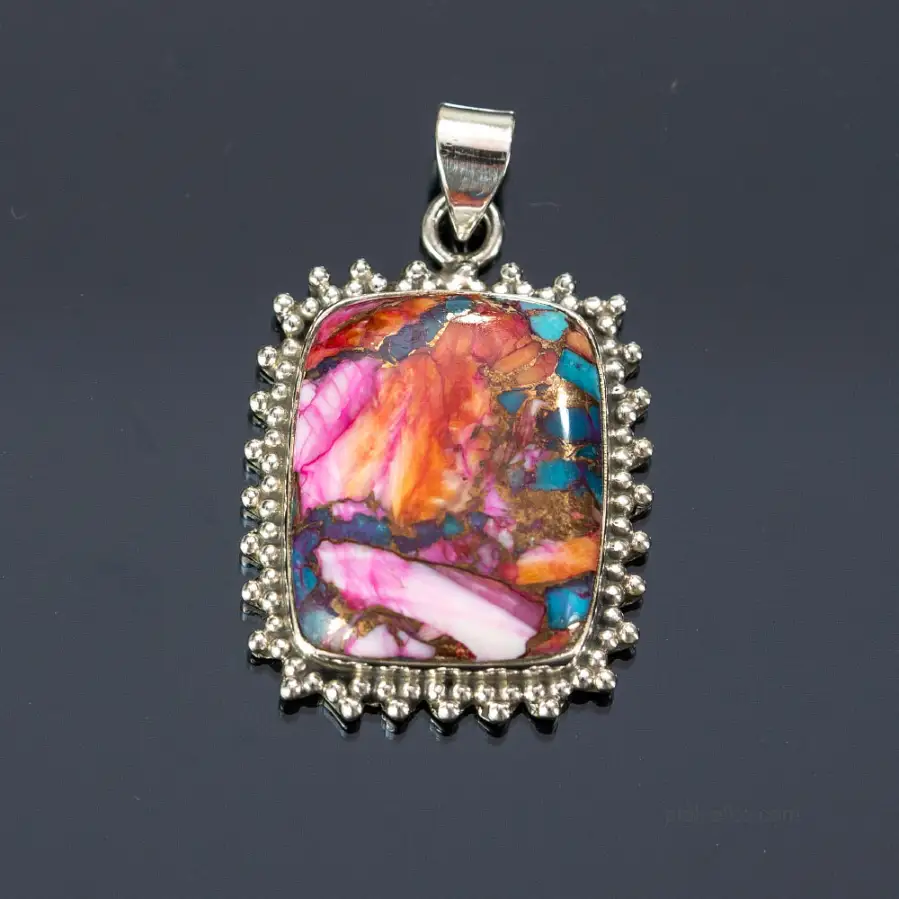
Turquoise – the colorful dance of the oyster in the copper glow
250,00237,50 -

Square silver pendant with turquoise - fiery oyster
250,00237,50 -
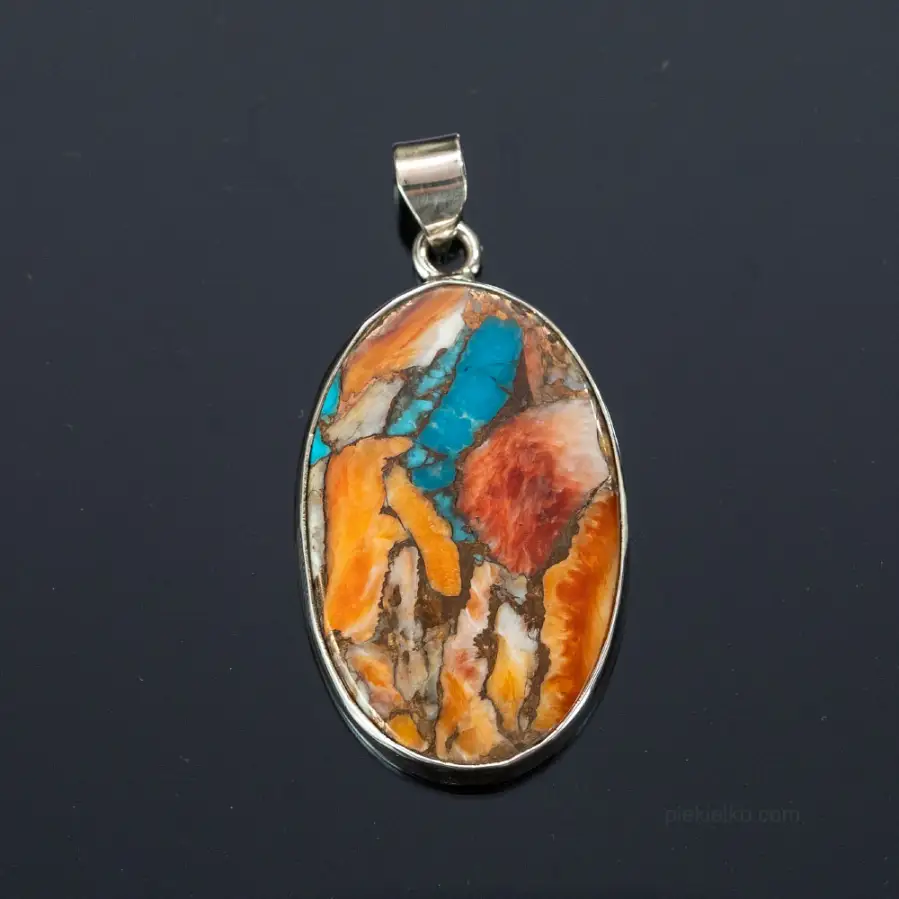
Turquoise Oyster – a raw force of nature in the colors of the earth and sea
270,00256,50 -

Srebrna zawieszka z turkusem – talizman natury i duchowej harmonii
220,00209,00 -

Small silver earrings with red turquoise
110,00104,50 -

Silver earrings with natural turquoise - elegance with soul
175,00166,25 -

Silver earrings with natural turquoise
180,00171,00 -

Adjustable ring with turquoise and copper vein
370,00351,50 -
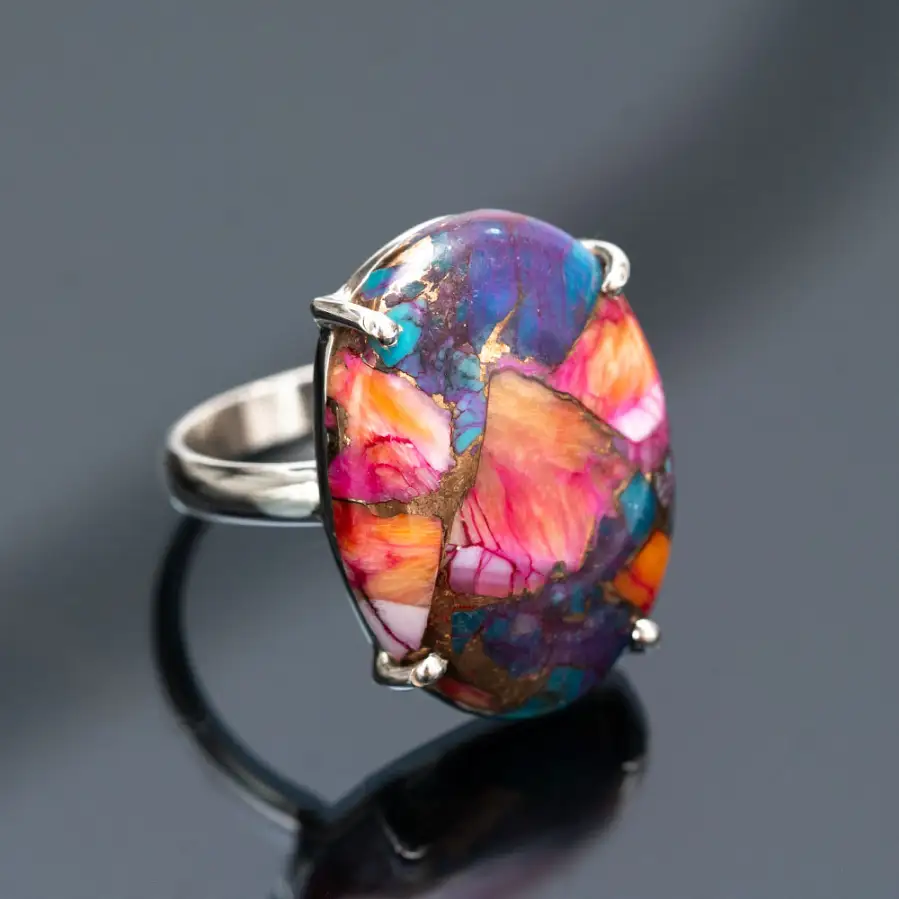
Silver ring with purple turquoise
370,00351,50 -
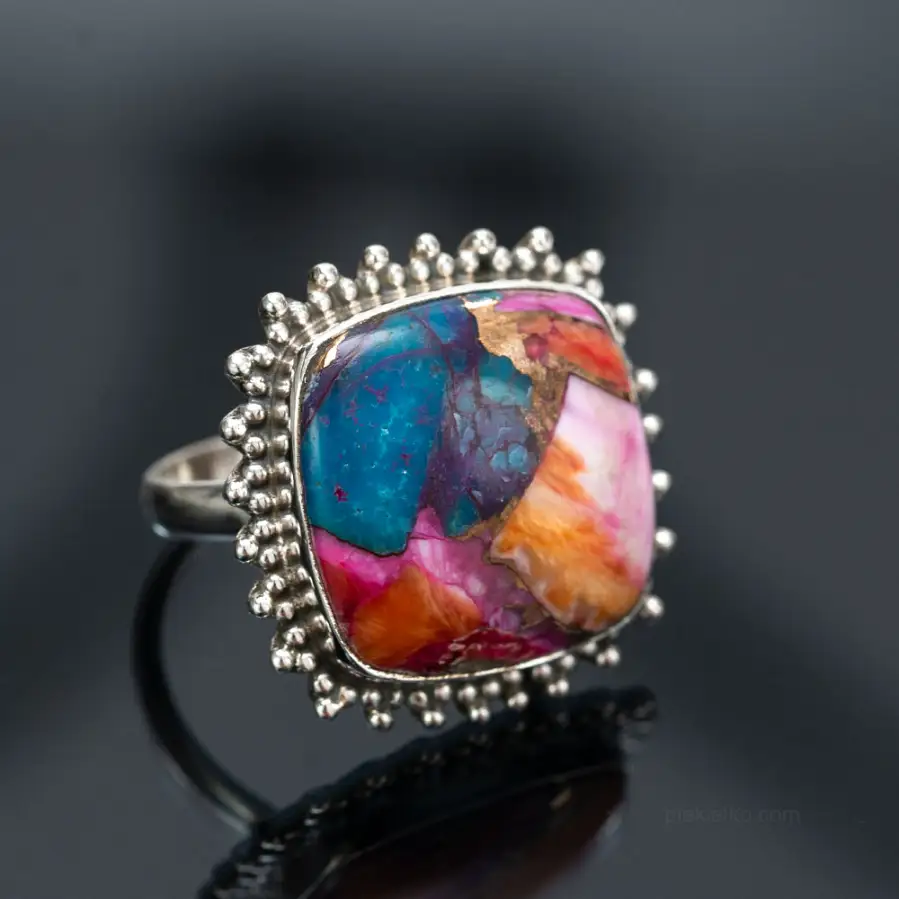
Silver ring - turquoise with copper vein
360,00342,00 -
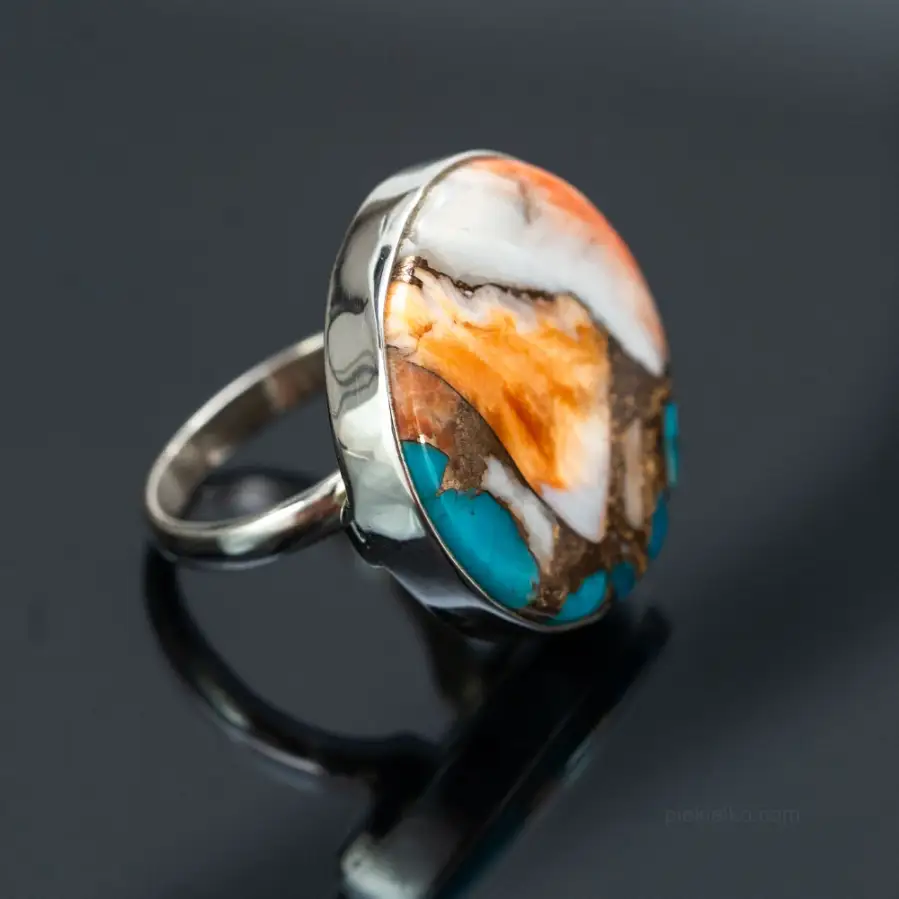
Ring with Multi-Colored Turquoise
340,00323,00 -
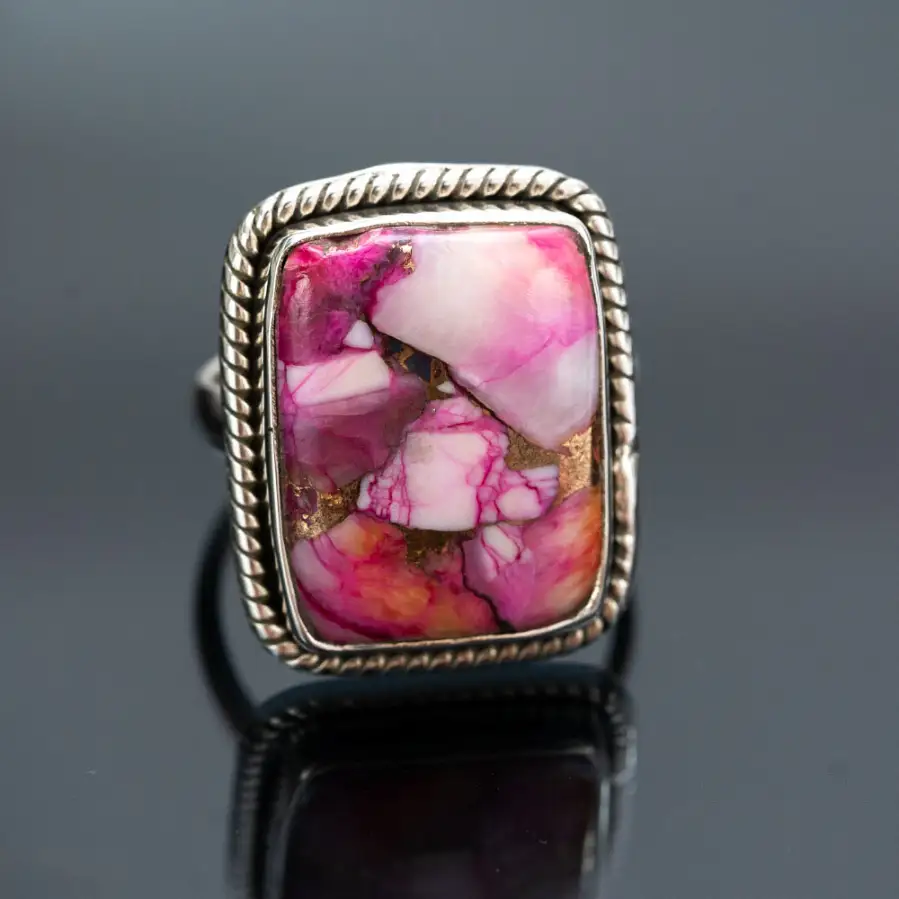
Silver adjustable ring with pink turquoise oyster
365,00346,75 -
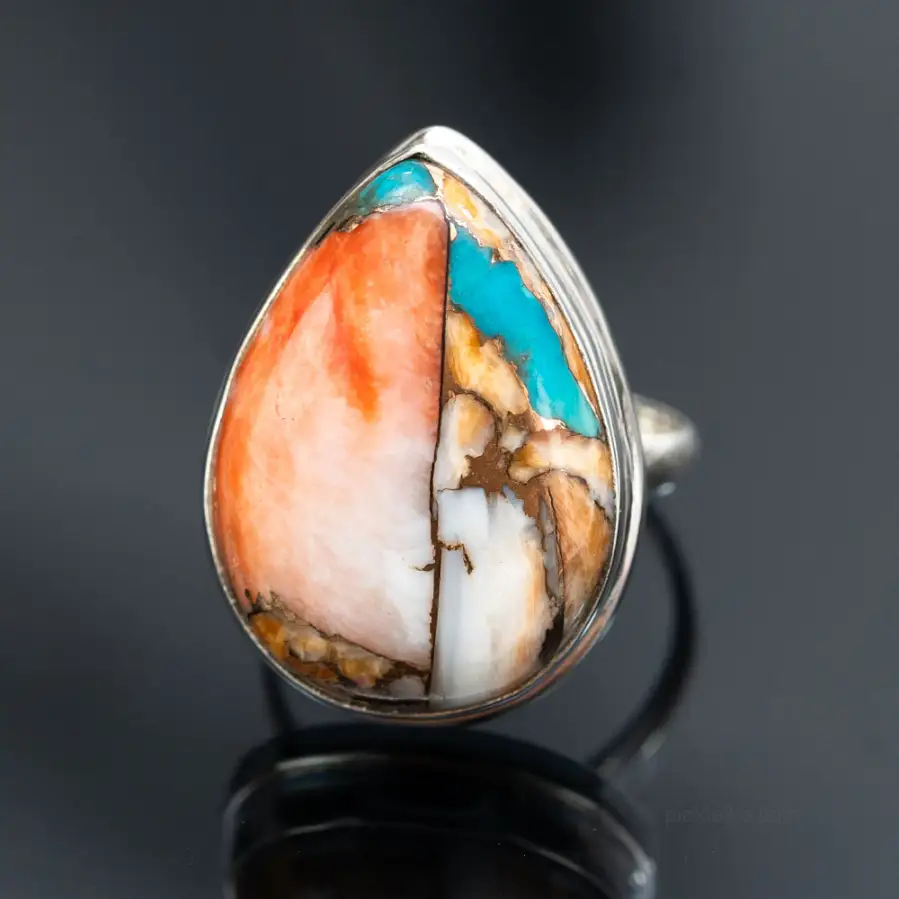
Elegant silver ring with turquoise
370,00351,50



© Piekielko.com

